7 Common Houseplant Mistakes to Avoid
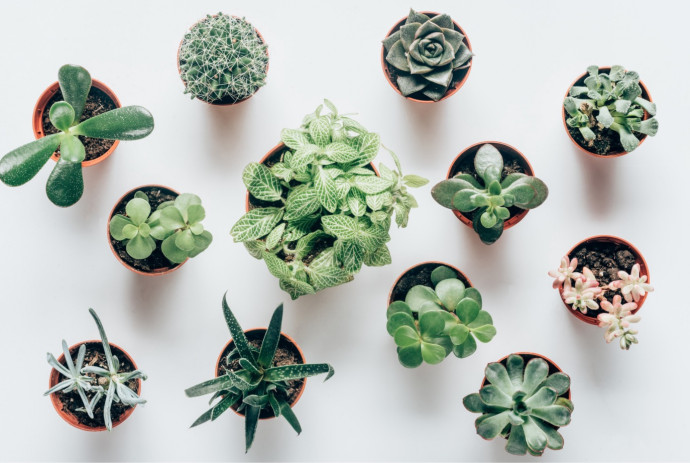
Most indoor plants are relatively easy to grow, so it can be frustrating when your arrowhead plant or Christmas cactus keels over. Don’t feel bad if your plant fails to thrive; we’ve all made indoor gardening mistakes from time to time. Chances are, you haven’t paid enough attention to the plant’s needs, or you’ve killed it with kindness. Here are some suggestions for preventing problems with houseplants.
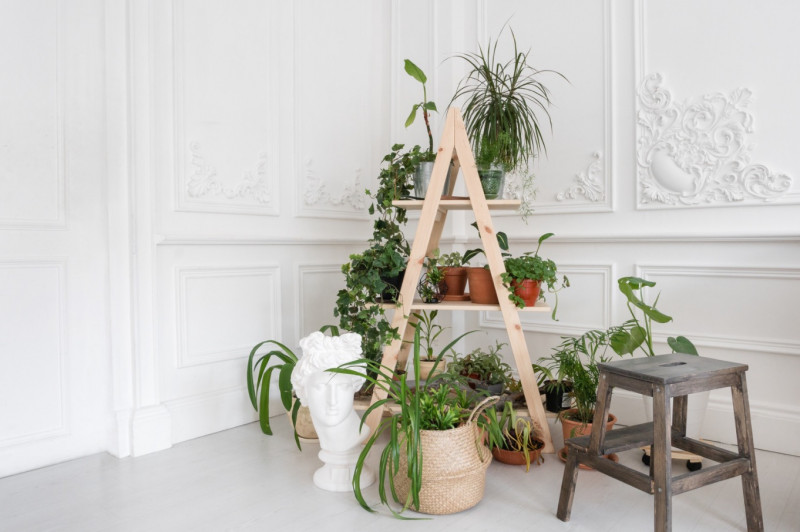
1. Overfeeding.
Don’t fertilize houseplants too often. Once a month with a dilute liquid fertilizer is sufficient. Remember, don’t fertilize a plant to make it grow; fertilize it because it is growing.
2. Overwatering.
Underwater rather than overwater. More plants are killed by overwatering than by anything else. A dry surface is a poor test of water needs because the indoor atmosphere dries the surface quickly.
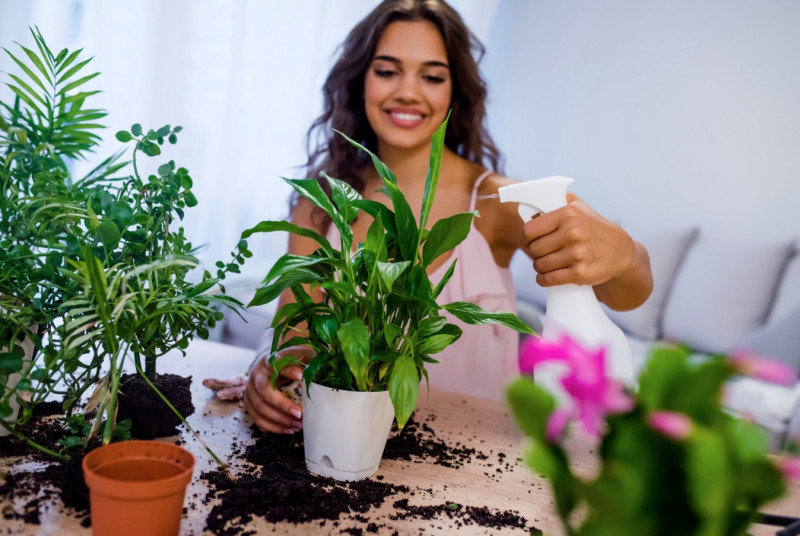
3. Poor lighting.
Proper lighting is difficult to achieve in city homes and apartments. The best way to overcome this is to grow most plants under the new full-spectrum fluorescent lights. Flowering houseplants must have light, so reserve the sun-filled windows for them. Foliage plants prefer indirect light without sun. Only a few can get along in dark hallways.
4. Improper humidity.
Proper humidity is very important. Most homes lack humidity in the winter due to radiator and heating units that dry the air. A humidity of between 50 and 60 percent is best for most plants.
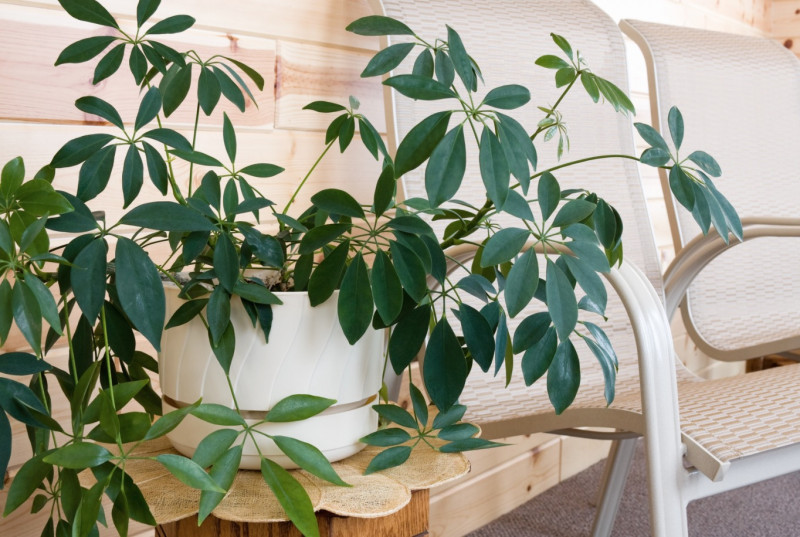
5. Too much heat.
Most homes are warmer than the recommended temperature for houseplants. A cool room is much preferred to a warm one for plant growth. Plants require air circulation even in cold weather, but avoid cold drafts or air from central heating systems blowing directly on them.
Remember that plants are not like animals or people. They cannot refuse the food given them, nor can they move to a more favorable location.
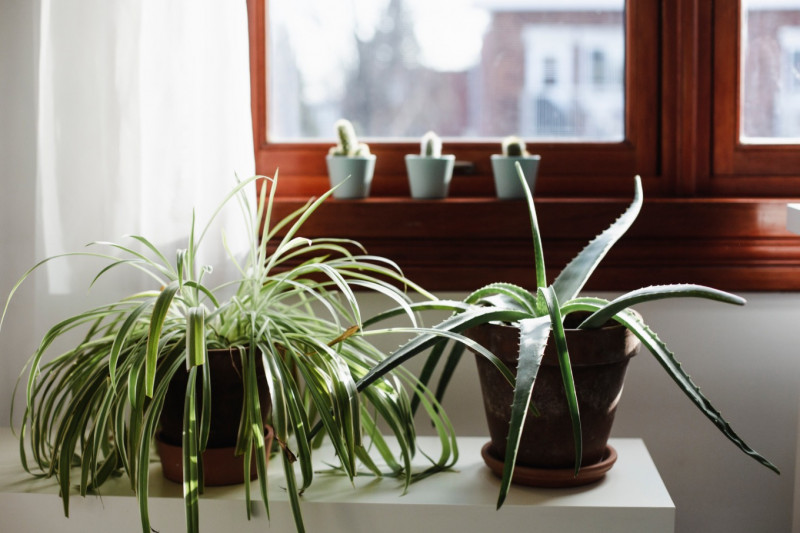
6. Skipping Isolation for a new plant
Don’t forget to place a new pot plant somewhere by itself for a week or so before you put it with your other plants. This will give you a chance to ensure that it is free of insects or disease without running the risk of infecting your other plants.
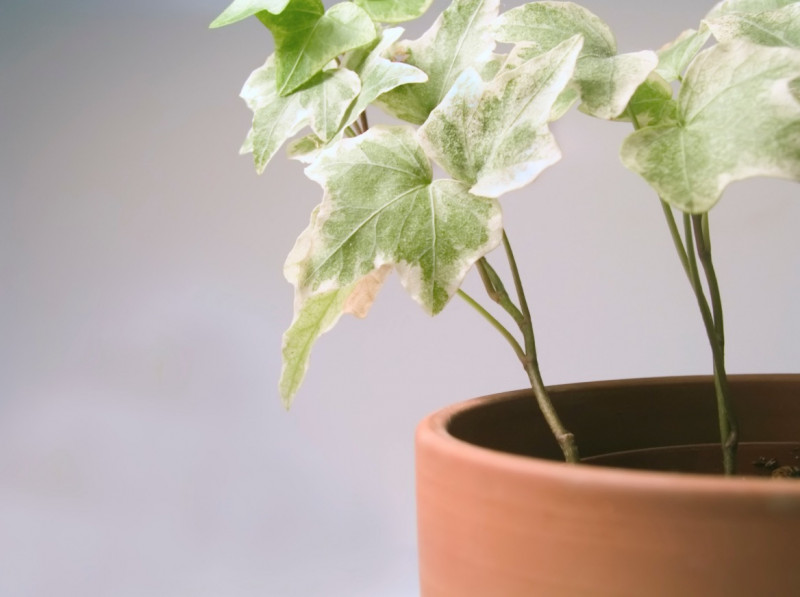
7. Wick Watering
When you vacation, provide your larger container plants with wicks leading from the pot to a water supply in a coffee can fitted with a plastic lid. Punch a hole in the lid, then thread the wick through. Lid cuts down on evaporation so water supply lasts longer.
